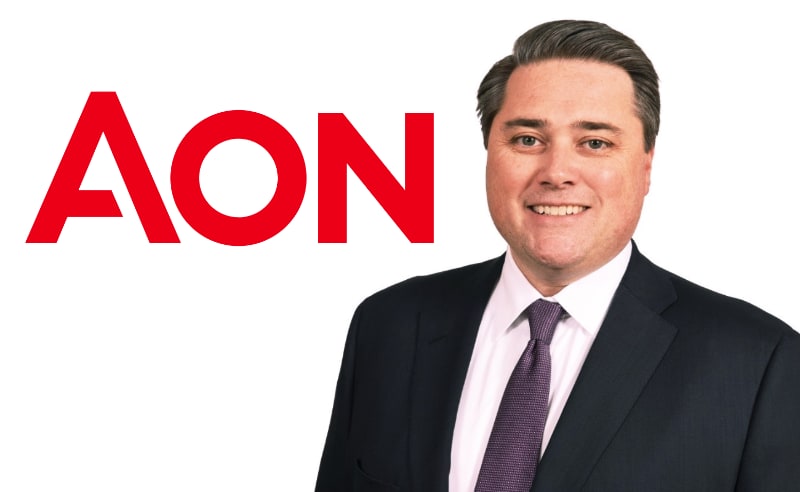Reinsurance / retro more stable at mid-year, demand to persist: Aon’s Monaghan

Commenting on the mid-year reinsurance renewals, Joe Monaghan, Global Growth Leader Reinsurance Solutions at Aon said that the market was more orderly, as capacity recovered somewhat, leading to stable conditions across both reinsurance and importantly retrocession.
“A sense of order returned to renewals at the mid-year,” Monaghan explained in Aon’s latest renewals report.
Property catastrophe reinsurance pricing and retentions continued to increase at the mid-year, but the market has been seen to be more accommodating of buyers needs, with less pressure on renewal terms and conditions, Monaghan said.
Importantly, capacity was in greater supply and reinsurers seemed prepared to grow, compared with January 1, resulting in a better outcome for many.
Monaghan noted that the factors that drove reinsurer behaviour at 1/1 are receding or were absent from the market at the mid-year renewals.
“Property catastrophe pricing is now attractive for markets even without securing retro coverage,” Monaghan said.
Going on to explain that the retrocession market has now “stabilized”, while the catastrophe bond market has rebounded and hurricane Ian loss estimates have developed in line with expectations, “if not at the lower end of expectations.”
Going into more detail on reinsurance renewal conditions, Monaghan explained, “The more orderly renewal also reflected the preparations of insurers, which anticipated reinsurers’ requirements and adjusted their portfolios and reinsurance strategies accordingly.
“Reinsurers’ willingness to enter large private placements early, also helped to set the tone for the renewal.”
Importantly, “The catastrophe reinsurance market has also found a new equilibrium,” he continued, noting that recent loss activity suggests “the burden of high frequency catastrophe events has now shifted toward insurers, with fewer ceded losses for the reinsurance market.”
That’s due to the elevated attachment points and retentions, as well as tighter terms and conditions, which now mean primary carriers hold onto more of the risk for smaller catastrophe events and reinsurance markets only attach for larger industry losses.
Across the mid-year renewals, Aon estimates that US risk-adjusted property catastrophe reinsurance rates increased 25-35 percent, so at a slower pace than seen at the January renewals season.
Australia and New Zealand also saw double digit increases in property catastrophe reinsurance rates, Aon explained, following the trend seen a year earlier.
Demand was also evident, with some carriers looking to buy more cover at the mid-year, having failed to do so in January.
Monaghan said that, “Demand for property catastrophe reinsurance protection for 2023 is now expected to increase by high single digits globally or as much as 10 percent for U.S. catastrophe as insurers look to reduce net exposure and/or secure capacity ahead of 2024.”
He also noted that while inflation has been a key driver, “the market appears to have a good handle on valuations while headline inflation has begun to ease in most key markets.”
But, “Combined with anticipated updates to vendor catastrophe models, inflation is likely to support increased demand for reinsurance protection into 2024.”
Importantly, Monaghan believes the reinsurance market has found a price level where it can make better profits, while still protecting cedents.
“At current pricing and retention levels, the reinsurance market has found a new level where it can make sustained returns and provide volatility protection for insurers,” he explained.
But cautioned that, “Catastrophe losses in the second half of the year, and changes in demand and supply, will be key to renewals in 2024.”
Read all of our reinsurance renewals news and analysis.






